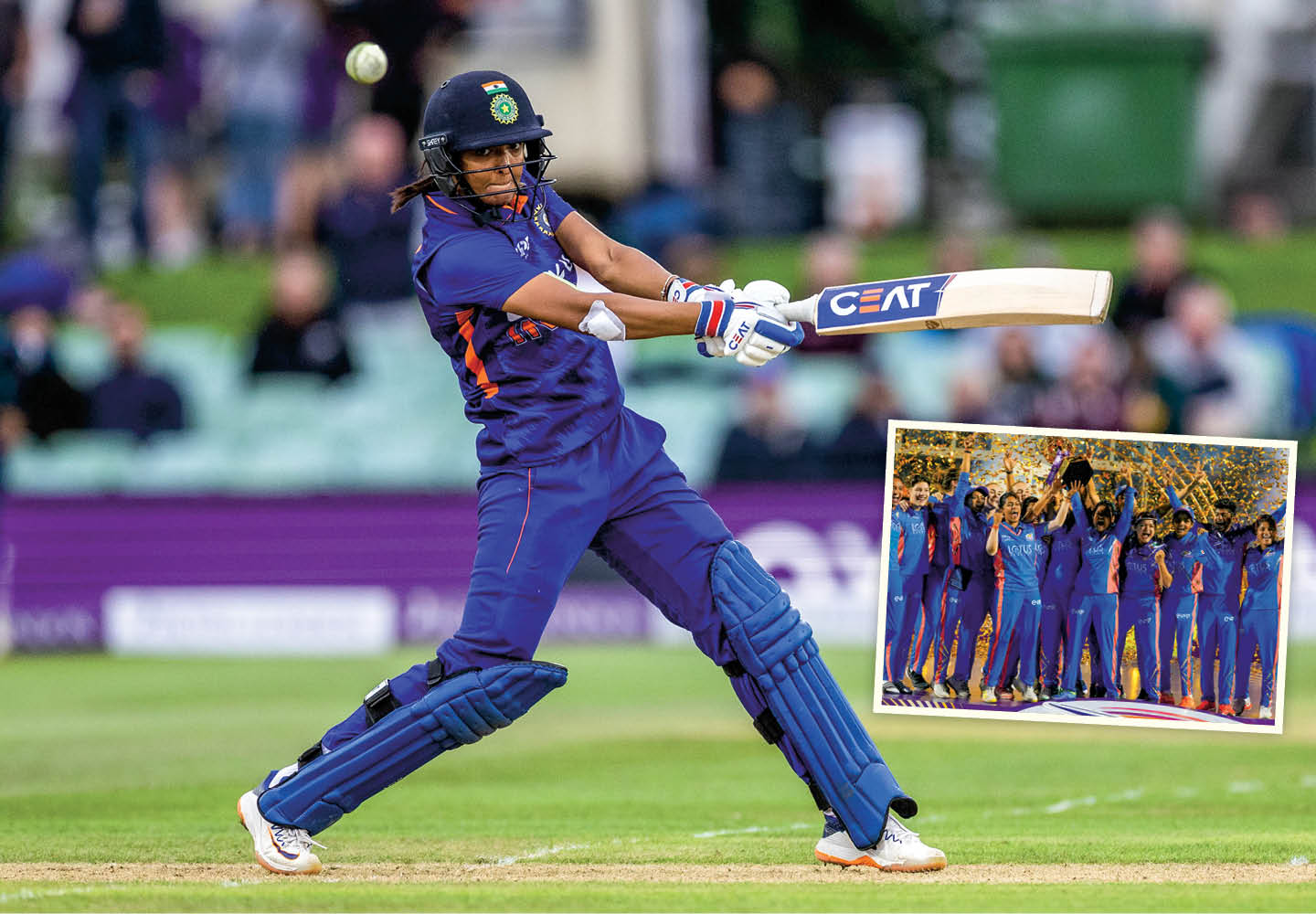Shutterstock.com
What Is Cricket?
Cricket is a game played with a bat and a ball—but it’s different from baseball. Click through our slideshow to learn more.
The swish of a basketball sinking into a hoop. The squeak of sneakers on a volleyball court.
When you think of sports, those sounds may pop into your head. But Sunaina, 12, hears something different. She daydreams about the crack of a cricket bat hitting a ball.
Cricket is the world’s second most popular sport. Tens of millions of people play it. Sunaina lives in India, where pro cricket is popular. But pro players there have always been men—until now.
India recently created its first pro league for women. It’s called the Women’s Premier League (WPL). During its first season last spring, 50 million people watched its games on TV.
In India, most women don’t have careers. So the success of the WPL stands out.
Now many girls like Sunaina are dreaming of a better future through cricket.
The swish of a basketball sinking into a hoop. The squeak of sneakers on a volleyball court.
When you think of sports, those sounds may come to mind. But Sunaina, 12, hears something else. She hears the crack of a cricket bat hitting a ball.
Cricket is the world’s second most popular sport. Tens of millions of people play it. Sunaina lives in India. Pro cricket is popular there. India’s pro players have always been men. But not anymore.
India recently created its first pro league for women. It’s called the Women’s Premier League (WPL). Its first season was last spring. Fifty million people watched its games on TV.
In India, most women don’t have careers. So the success of the WPL stands out.
Now many girls there are dreaming of a better future through cricket.
The swish of a basketball sinking into a hoop. The squeak of sneakers on a volleyball court.
When you think about sports, those sounds may pop into your head. But Sunaina, 12, hears something different: the crack of a cricket bat hitting a ball.
Cricket is the world’s second most popular sport. Tens of millions of people play it. Sunaina lives in India, where professional cricket is popular. But pro players there have always been men—until now.
India recently created its first pro league for women. It’s called the Women’s Premier League (WPL). During its first season last spring, 50 million people watched its games on television.
Most women in India don’t have careers, which makes the success of the WPL especially remarkable.
Now many girls like Sunaina are dreaming of a better future through cricket.

